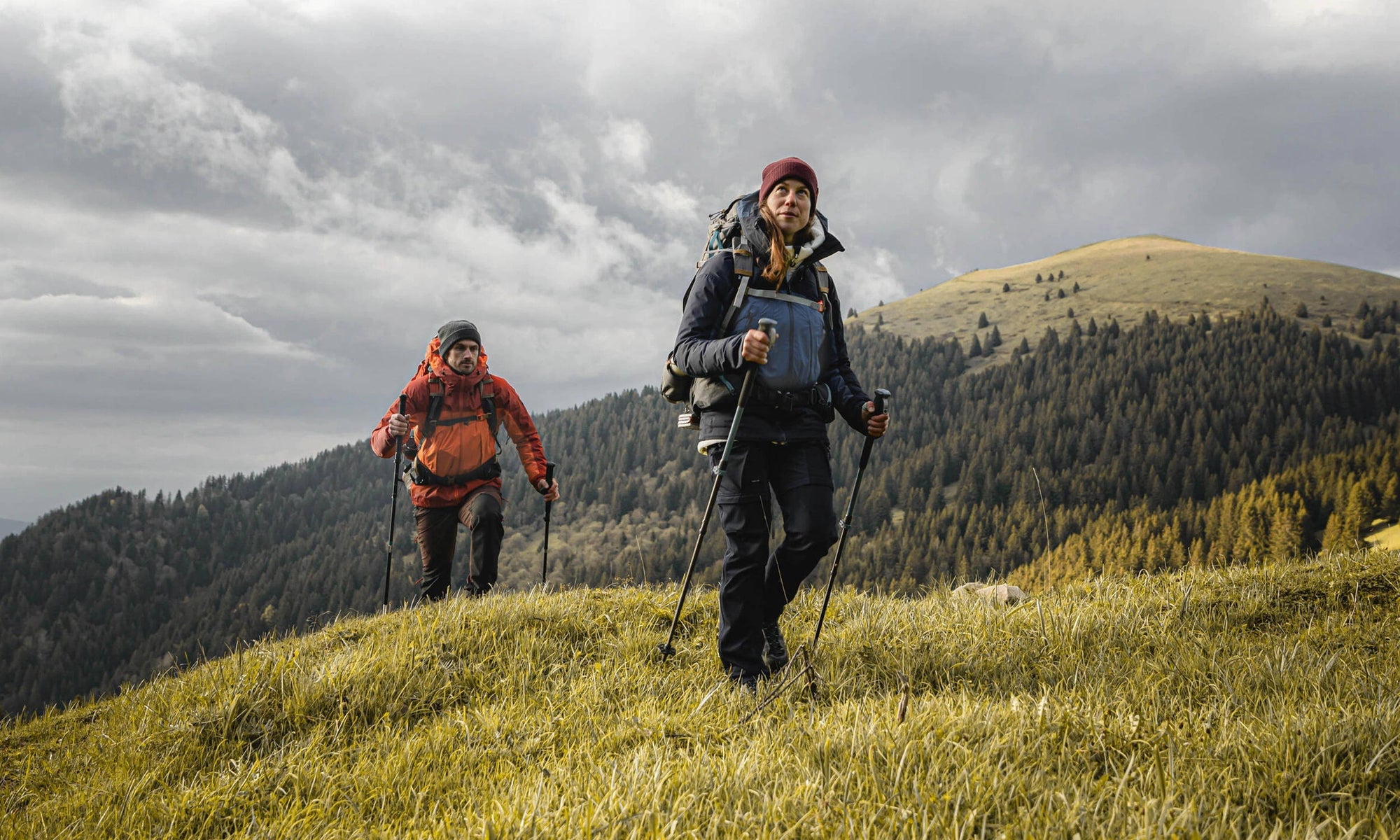Best way to layer outdoor clothing
Nothing beats comfort like mastering the art of layering for your chosen outdoor activities! Layering helps you control your body temperature and gives you flexibility with different environments.
In this article, we’ll share recommendations from our global Decathlon experts on how best to layer for different types of environments.
How to dress for cold weather
At Decathlon, we recommend a 4-layer rule for humidity regulation and heat management. This technique involves switching up clothing combinations based on different weather conditions and activities.
Please see our How to layer outdoor clothing video here.
What is the 3-layering outdoor clothing technique?
The 3-layer technique in the trekking and hiking world refers to the way you structure your outfit. The first layer is breathable and light. The second layer is insulating to keep you warm. The third layer is all about protection from wind and rain.
We recommend considering a fourth layer, this is especially important if you’re on a multi-day adventure or have more varied terrain. Here’s how we break down each layer for maximum performance.
Layer 1: The base layer
This is the layer that is closest to your skin and keeps you dry and warm. It’s also a key layer for helping regulate sweat as you increase your exercise intensity.
Look for items that are breathable, soft, comfortable and won’t trap body odor. For your upper body, we recommend a t-shirt in merino wool or synthetic fibers. For your legs, consider merino wool leggings for nights or in very cold weather. Merino wool gloves are a good choice for keeping your hands warm.
Layer 2: Mid-layer for keeping warm
This layer is key for keeping you warm and letting out humidity from sweat. Make sure this layer is lightweight and easy to pack if you’re feeling too hot.
We recommend items that keep heat in and are breathable. It’s a good idea to find something with a front zipper to regulate heat in case it gets too hot instead of a pullover. For your upper body, we recommend fleece, or a softshell jacket. For your lower body, hiking trousers or softshell trousers act as great layers.
Layer 3: Best items for insulation and warmth
The third layer is most important for cold environments. This layer should capture warmth and keep you dry.
For your upper body, our experts recommend a lightweight down puffer jacket or softshell jacket. Make sure your puffer is packable so it can be easy to carry if the terrain gets too hot. For your legs, we recommend hiking trousers or softshell trousers if it is extremely cold.
Layer 4: How to protect from rain
It’s important to include this final layer if weather conditions are mixed. The number rule to maintain comfort is to stay dry! It’s important that this layer has a front zip and that it’s waterproof.
To stay dry on your upper body, we recommend a parka, windbreaker, poncho or waterproof jacket. For your lower body, waterproof hiking pants and windbreaker trousers to layer over your hiking trousers will keep you dry. You’ll also want to consider waterproof gloves and of course, high-quality waterproof hiking boots.
How to mix and match layers for different weather conditions
- Mild and sunny weather: wear layer 1 for the accent.
- Cold weather: wear layer 1 and 2 for the decent.
- Activity breaks: wear layer three if it’s cold. Down jackets aren’t great with humidity so pass on that layer if you’re sweating a lot.
- Rain and wind: make sure to wear layer four for maximum comfort. If you’re wearing this layer during a ascent or if it’s warm outside, consider unzipping underneath the arms to get rid of any humidity.
We hope this guide is helpful for your next adventure! And if you’re looking for the layers we’ve shared in this article, head over to Decathlon.com and grab the items you need.
Happy adventuring!








